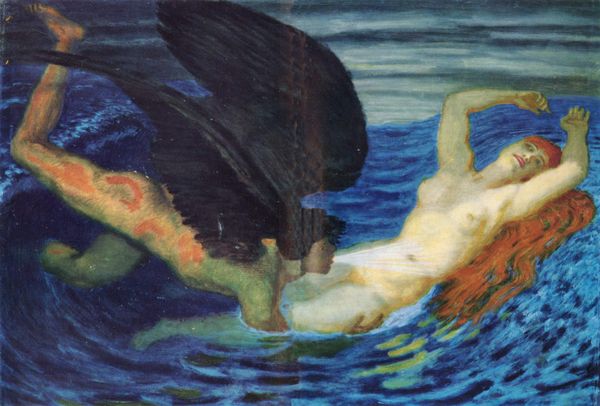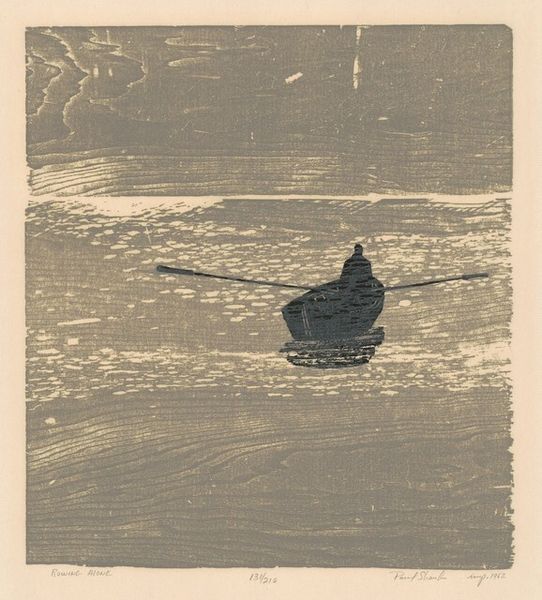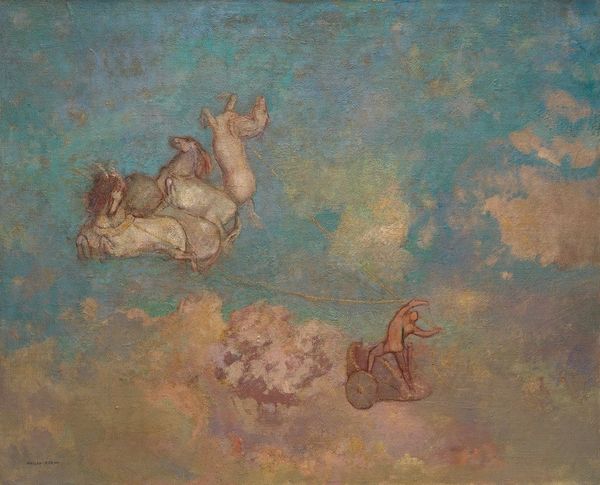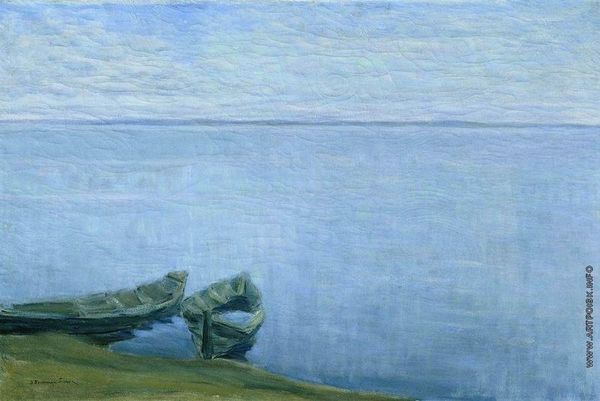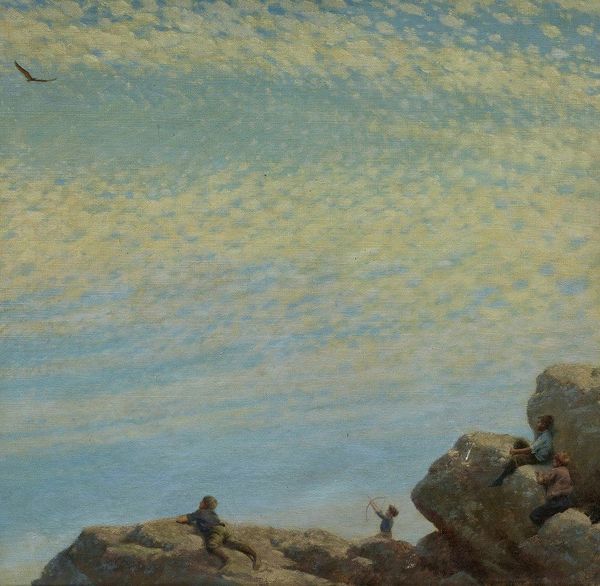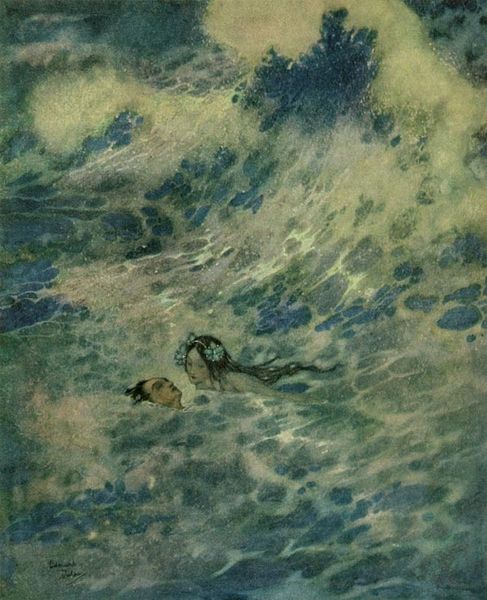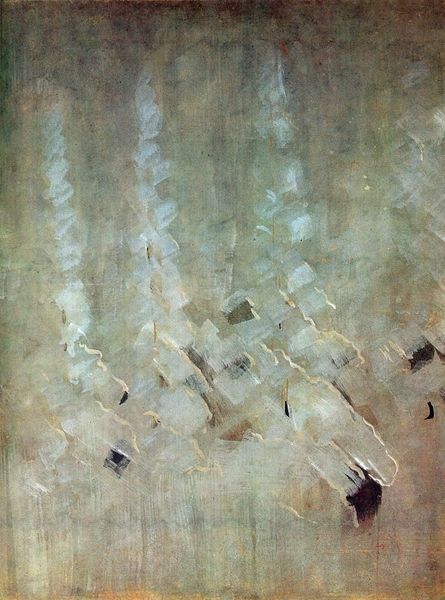
painting, oil-paint
#
painting
#
oil-paint
#
landscape
#
figuration
#
oil painting
#
underpainting
#
surrealism
#
modernism
Copyright: Meret Oppenheim,Fair Use
Editor: Oppenheim's "Stone Woman," painted in 1938, presents an unusual figure composed of stones reclining at the edge of a body of water. The painting has a somber feel, and there is something unsettling about it. What can you tell me about the cultural influences and significance of this painting? Curator: This work invites consideration of the role of the female body within Surrealist landscapes. Oppenheim often explored themes of transformation and the blurring of boundaries, challenging conventional notions of identity. In this context, we can see how her art critiques the passive objectification of women in art history and surrealist circles, transforming stone to flesh, stillness to vitality. What do you think is implied by her becoming the landscape itself? Editor: So the painting actively challenges the common artistic trope of women merely being objects in landscape paintings? That’s quite a radical statement for its time. Her absorption into nature disrupts the power dynamics! I can also see hints of modernism with surrealism mixed in; how would those have influenced her work and social position? Curator: Exactly! You see that the socio-political context in Europe was turbulent at that time. Surrealism allowed artists like Oppenheim to challenge social norms and explore subconscious desires, anxieties and it helped empower a minority group that faced the same marginalization as surrealists: women. The interwar period created space for women to pursue artistic careers, yet they faced bias within male-dominated movements, also affecting gallery curation. The choice of materials here, combining the hardness of stone with the softness of the implied flesh, can also be viewed as challenging perceptions of femininity at the time, no? Editor: That’s a great perspective to consider, making her art almost like silent social commentary against traditional gender roles. I appreciate your explanation. I hadn't considered it within that context before. Curator: And I was inspired to see her subversion tactics in the realm of politics. The politics of imagery is ever more relevant now, do not you agree?
Comments
No comments
Be the first to comment and join the conversation on the ultimate creative platform.


